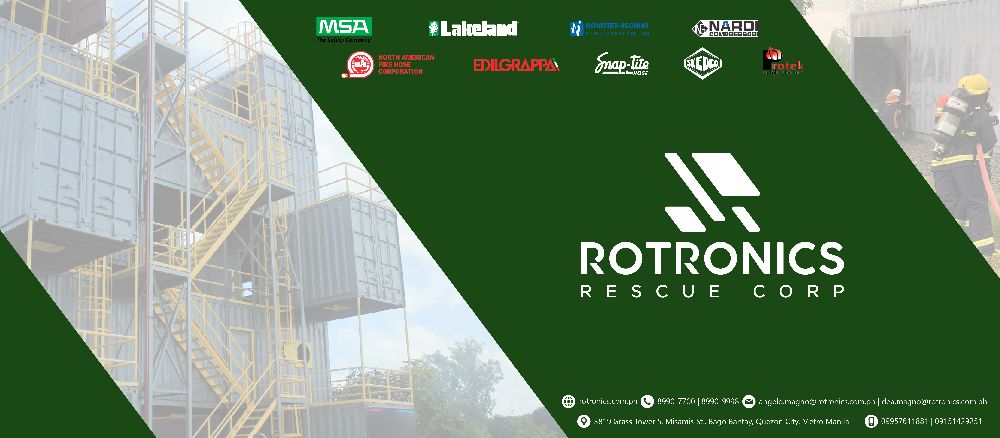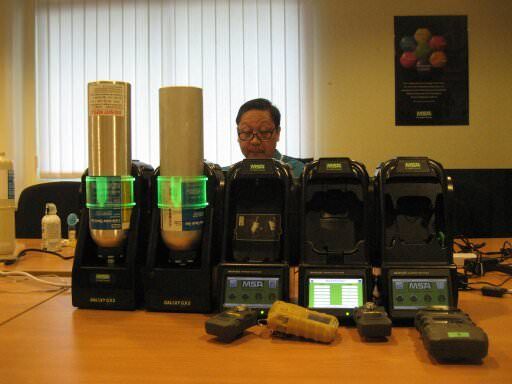ROTRONICS TRAINING FACILITY
Victoria, Tarlac
Master Firefighting, Rescue, Safety, and Emergency Interventions at the Nation’s First World-Class Training Facility
Guided by the country’s leading experts, our unique training facility is designed to provide top-notch education and hands-on experience. It features a fully equipped lecture room for up to 50 participants, accommodation for 35 individuals, multiple comfort rooms for convenience, and a spacious parking area.
The facility is outfitted with state-of-the-art simulators for firefighting, rescue, safety, and emergency scenarios, allowing your team to gain practical, real-world experience in a controlled environment.
Let us handle the preparation and training of your team. Your personnel will engage in realistic scenarios and learn the most up-to-date, internationally recognized techniques to respond effectively during emergencies. Nothing builds confidence like quality training, which can ultimately save lives and protect valuable assets.
TRAINING COURSES
- Basic Firefighting
- Firefighting I Awareness
- Firefighting II Operation
- Hazardous Materials Response (HAZMAT)
- HAZMAT Awareness Level
- HAZMAT Operation Level
- HAZMAT Technician Level
- Rope Rescue
- Rope Rescue Awareness Level 1
- Rope Rescue Operation Level 2
- Basic High Angle Rescue
- Advance High Angle Rescue
- Structural Firefighting
- Industrial Firefighting
- Advanced Firefighting
- Confined Space Rescue
- Search and Rescue
- Basic First Aid
- Basic Life Support (BLS)
- Advance Life Support (ALS)
- Emergency Medical Technician (EMT)
- Crash Vehicle Extrication Response Training (CVERT)
- Self-contained Breathing Apparatus Proficiency Training (SCBAPT)






